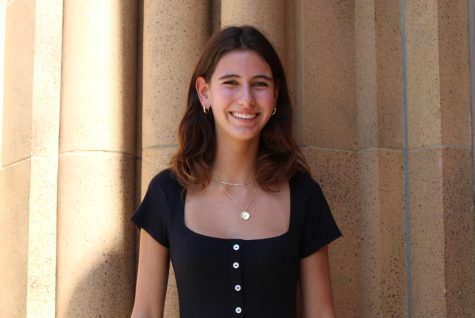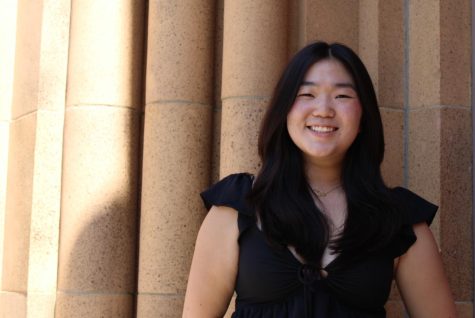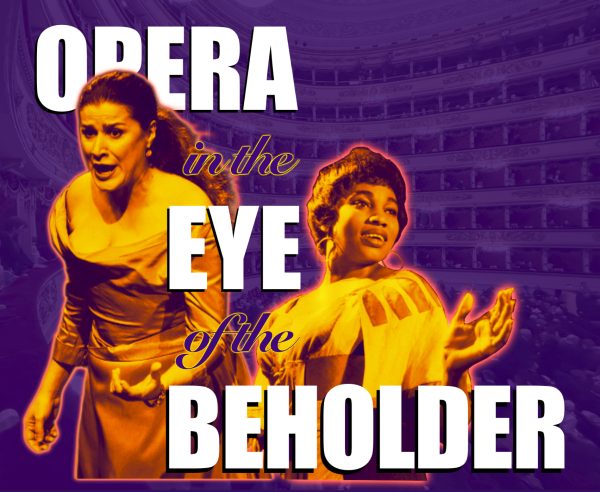San Francisco’s Hidden Gem
A look into one of the three remaining Japantowns in the United States
Being one of only three Japantowns in the United States, San Francisco’s Japantown holds great significance to its community members as well as visitors. The Bay Area is lucky to be home to two out of the three Japantowns in both San Jose and San Francisco.
Hidden within six city blocks, this enclave of Japanese culture presents its visitors with an immersive cultural experience.
“I think the reason why we have [Japantowns] is because [the Bay Area is] so diverse,” Paly senior Alex Yan said. “It’s not like a bunch of white people started these Japantowns, it’s because of a large concentration of Japanese people living in an area and that’s why it became Japantown.”
For many people, Japantown is a fun way to spend their weekends, but for people of the Japanese American community, it creates a space that spotlights their identity in an area where they are underrepresented.
“I think that having a Japantown is really important because it’s a gateway to our culture,” Paly junior Austin Eng said. “I feel like the Japanese American population in the Bay Area is slowly dying in a way because, as a half Japanese half Chinese person, [Asian culture in the Bay Area] is growing more on the Chinese side rather than Japanese or other Asian ethnic groups. I think it’s just important to have that small area where we can really explore a different culture.”
Creating a space where people have the opportunity to immerse themselves in their own culture is essential to keeping their connections alive, especially for Paly senior Hailey Oshita.
“Since I can remember I’ve always gone [to the San Jose Japantown] and been able to connect with people with similar backgrounds as me,” Oshita said. “And I also get to have a lot of opportunities to learn about the culture and the surrounding environment helps me to grow.”
Oshita has grown up visiting the San Jose Japantown with her family each week, as her church is located in the neighborhood. Because of the time spent with her family and family friends, she has developed a tradition.
“We do weekly Sunday lunches with a ton of people,” Oshita said. “There’s this restaurant, [Hukilau] and we’re really close family friends with some families and we all know the owners so…[for] the last 16 years I’ve gone to the same restaurant every Sunday.”
Japantown serves as more than a cultural hub for many Japanese Americans; it can also create an escape back to their childhoods.
“[Japantown] mostly holds nostalgia and regards to being able to do something with my family and friends and it reminds me more of my childhood,” Eng said.
For non-Japanese people, Japantown is a great place to experience a different cuisine and learn about a new culture, much like Yan.
“[Japantown] gives an authentic taste of Japan because it’s made by Japanese people,” Yan said. “It’s fun to see all the cultures and I just find it very interesting that ethnic groups like to live in very tight communities.”
Many people living in Japantown have been growing up and living there for generations, causing a close community within the town.
“I know a lot of the owners at local, smaller restaurants and shops,” Oshita said. “They’re all really good people and it’s just a fun, nice atmosphere.”
There are many different restaurants throughout Japantown, scattered throughout the streets as well as within the Japan Center Malls. The Japan Center Malls are indoor malls that take up multiple blocks of Japantown and are filled with restaurants and shops for visitors to explore. From ramen to matcha soft serve, there is a wide variety of food to try.
“I think my favorite [place] is definitely this soft serve place called Matcha Cafe Maiko,” Eng said. “It’s a matcha soft serve cafe that does lattes, soft serve, sundaes and parfaits, and I think that every single time I go there I always make sure to stop by.”
With many ramen places throughout Japantown, it is hard to differentiate them from one another, but one stands out to Yan.
“There’s the ramen restaurant, Marufuku, it is probably one of the best ramen restaurants in San Francisco,” Yan said.
Besides food, there are many stores to peek into and explore. From cute stores for kids such as Amiko Boutique, unique plant stores like Katsura Garden, to one of Yan’s favorite stores, the Kinokuniya bookstore, there is plenty to do.
“I like the Kinokuniya bookstore, it’s like a really big bookstore, it has two levels and there’s just a bunch of Japanese books, like novelty items,” Yan said. “It’s a really fun place to be.”
Japantown also hosts historically significant events for their community. Japan Day is celebrated each year at the Peace Plaza with demonstrations, activities and performances to watch. Another popular event is the Nihonmachi Street Fair in August which celebrates Asian-Pacific America. Additionally, the annual Cherry Blossom Festival is one of the biggest events which celebrates spring through a parade and other activities.
“I remember once there was a Cherry Blossom Festival, and there was this big parade and all the cherry blossom trees were blooming and it’s really nice,” Yan said.
San Francisco’s Japantown is a special spot for local families as well as visitors. Through the town, everyone has the opportunity to explore Japanese culture.
“I like to connect with the community and Japantown helps me connect with my culture,” Oshita said.
[ngg src=”galleries” ids=”36″ display=”basic_slideshow”]Photos by Eunchae Hong
Print Issue
Please click on the three vertical dots on the top right-hand corner, then select “Two page view.”

2021-2022 - Staff Writer
2022-2023 - Managing Editor
I joined C Mag because it seems like an amazing opportunity to be able to be creative and write...

2021-2022 - Staff Writer
2022-2023 - Business Manager
I joined C mag because art has always been a big part of my life. I always loved looking through...

2022-2023 Staff Writer
2023-2024 Business Manager
I joined C Mag because I love digital design and writing about arts + culture! My favorite parts...







